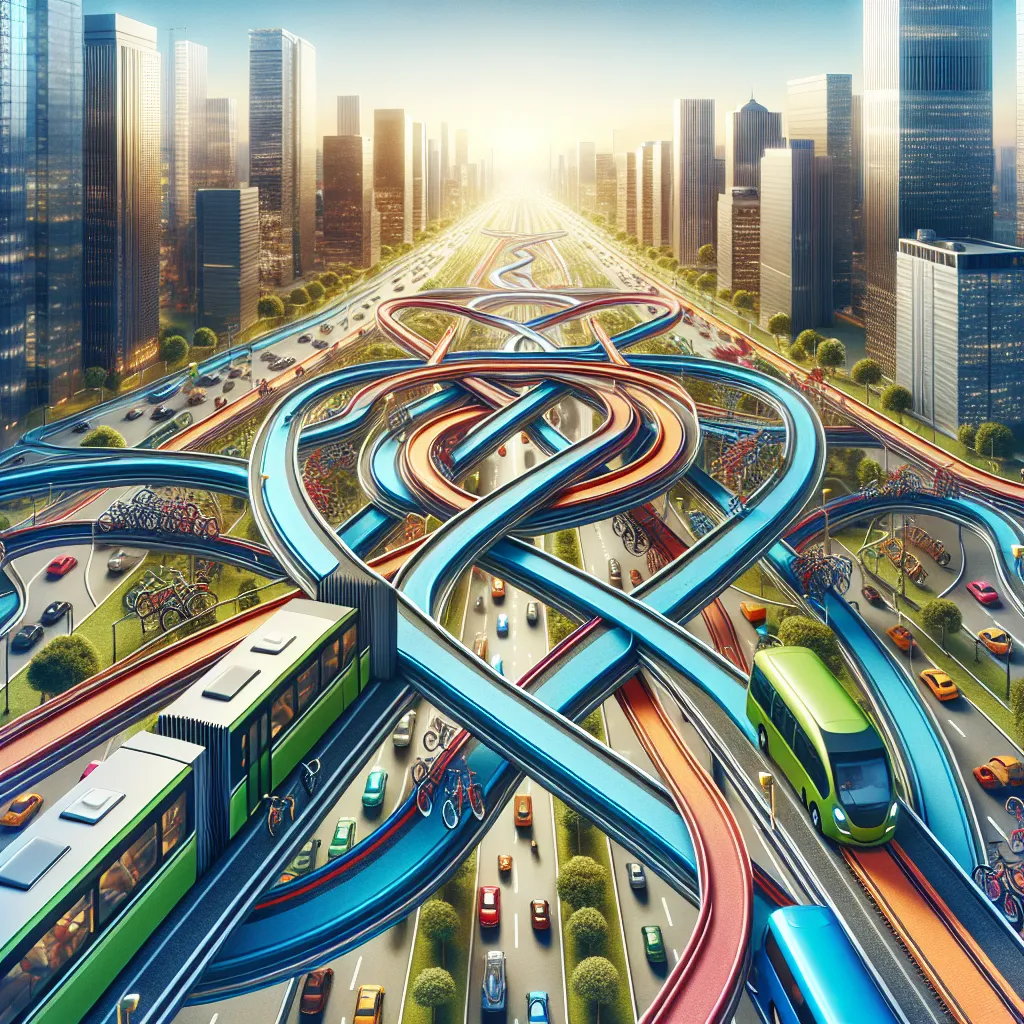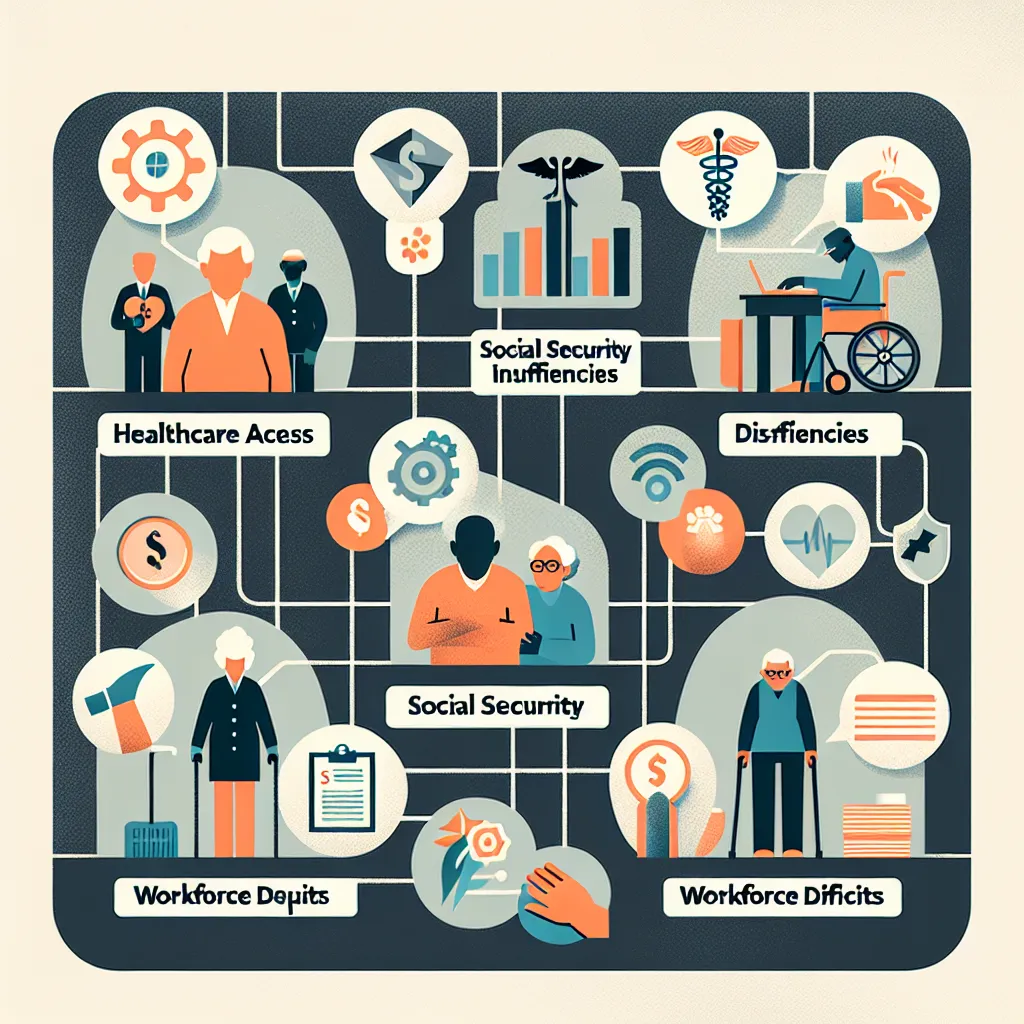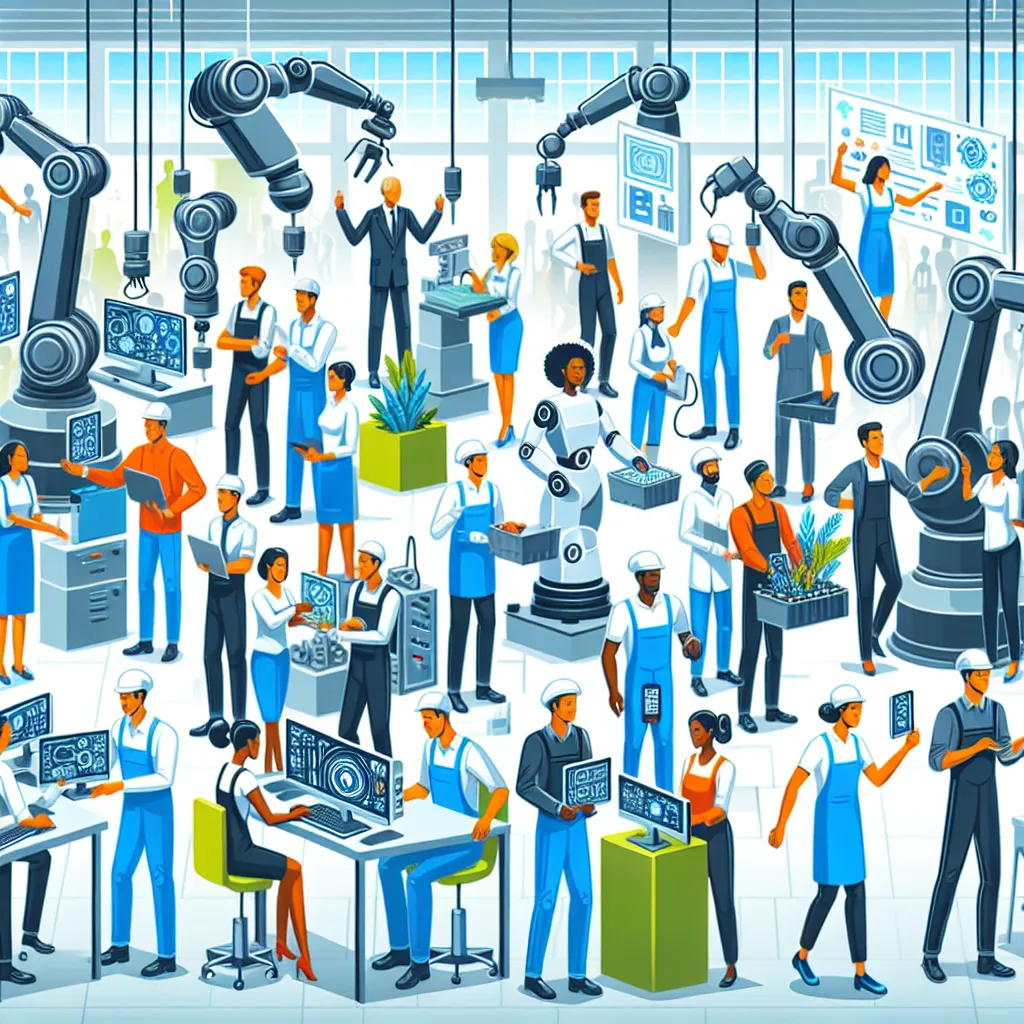Public transportation in urban areas is a crucial topic that frequently appears in IELTS Writing Task 2. Based on past exam trends and current urban development issues, it’s highly likely that this subject will continue to be a popular choice for future IELTS exams. Let’s explore a sample question and provide model essays to help you prepare for this important topic.
Nội dung bài viết
Analyzing the Question
Here’s a sample question that reflects the type of task you might encounter in your IELTS Writing Task 2:
Some people think that governments should invest in improving public transportation to reduce traffic congestion in cities. Others believe that building more roads is the better solution. Discuss both views and give your own opinion.
This question requires you to:
- Discuss the view that governments should invest in public transportation
- Discuss the view that building more roads is a better solution
- Provide your own opinion on which approach is more effective
Let’s break down the key elements of this question:
- Topic: Reducing traffic congestion in cities
- Two contrasting views: Improving public transportation vs. Building more roads
- Task: Discuss both views and give your opinion
Model Essays
Band 8-9 Essay
Traffic congestion is a significant problem in many urban areas, and there are differing opinions on how to address this issue. While some argue that enhancing public transportation is the key, others believe that constructing additional roads is the better approach. In my opinion, investing in public transportation is the more effective and sustainable solution.
Those who advocate for improving public transportation argue that it can significantly reduce the number of private vehicles on the roads. By providing efficient, reliable, and affordable public transit options such as buses, trains, and metros, cities can encourage more people to leave their cars at home. This shift not only alleviates traffic congestion but also reduces carbon emissions, contributing to better air quality and environmental sustainability. Moreover, well-developed public transportation systems can improve urban mobility for all residents, including those who cannot afford or are unable to drive private vehicles.
On the other hand, proponents of building more roads argue that this approach directly addresses the issue of insufficient road capacity. They contend that expanding road infrastructure can accommodate the growing number of vehicles and reduce bottlenecks that cause traffic jams. Additionally, new roads can provide alternative routes, potentially distributing traffic more evenly across the city and reducing congestion on major arteries.
However, I believe that investing in public transportation is the superior solution for several reasons. Firstly, building more roads often leads to a phenomenon known as induced demand, where the increased road capacity actually encourages more people to drive, ultimately resulting in similar or worse levels of congestion. Secondly, public transportation is more space-efficient, as a single bus or train can transport far more people than the equivalent space occupied by private cars. Finally, improved public transit promotes healthier lifestyles by encouraging walking and cycling for short distances, which aligns with the broader goals of creating more livable and sustainable cities.
In conclusion, while both approaches aim to address urban traffic congestion, investing in public transportation offers a more comprehensive and long-term solution. It not only tackles the immediate problem of traffic but also contributes to broader urban development goals, including improved air quality, reduced carbon emissions, and enhanced accessibility for all residents.
(Word count: 358)
Band 6-7 Essay
Traffic congestion is a big problem in many cities today. Some people think the government should spend money on better public transportation to solve this issue, while others believe building more roads is the answer. This essay will discuss both views and give my opinion.
Those who support improving public transportation say it can help reduce the number of cars on the roads. If buses and trains are good and cheap, more people will use them instead of driving their own cars. This can make traffic better and also help the environment by reducing pollution. Public transportation is also good for people who can’t drive or don’t have cars.
On the other hand, people who want more roads think this will directly solve the problem of too many cars and not enough space. They say new roads can give drivers more choices and spread out the traffic. This might help reduce traffic jams on busy streets.
In my opinion, I think improving public transportation is the better solution. Building more roads might seem good at first, but it can actually make more people want to drive, which doesn’t solve the problem in the long run. Also, public transportation can carry more people in less space compared to cars. It’s also better for the environment and can help make cities nicer places to live.
To conclude, while both ideas aim to fix traffic problems, I believe investing in public transportation is the better choice. It not only helps with traffic but also makes cities cleaner and more accessible for everyone.
(Word count: 253)
 Efficient urban public transport
Efficient urban public transport
Writing Tips for Different Band Scores
When writing about the importance of public transportation in urban areas, consider the following tips to improve your essay:
For Band 6-7:
- Use simple but accurate vocabulary related to transportation and urban issues
- Maintain a clear structure with an introduction, body paragraphs, and conclusion
- Present both sides of the argument, even if briefly
- Use basic linking words to connect ideas (e.g., “however,” “on the other hand”)
- Provide a simple personal opinion
For Band 8-9:
- Employ a wide range of vocabulary specific to urban planning and transportation
- Use complex sentence structures and a variety of grammatical constructions
- Develop ideas fully with relevant examples and explanations
- Use sophisticated linking devices to enhance coherence
- Present a nuanced opinion that considers multiple aspects of the issue
Key Vocabulary to Remember
- Congestion (noun) /kənˈdʒes.tʃən/ – the state of being crowded and full of traffic
- Infrastructure (noun) /ˈɪn.frəˌstrʌk.tʃər/ – the basic systems and services that a country or organization uses in order to work effectively
- Sustainable (adjective) /səˈsteɪ.nə.bəl/ – able to continue over a period of time
- Commute (verb) /kəˈmjuːt/ – to travel regularly between work and home
- Alleviate (verb) /əˈliː.vi.eɪt/ – to make something bad less severe
- Accessibility (noun) /ækˌses.əˈbɪl.ə.ti/ – the quality of being able to be reached or used
- Induced demand (noun phrase) /ɪnˈdjuːst dɪˈmænd/ – the phenomenon where increasing the supply of something (like roads) increases the demand for it
- Urban mobility (noun phrase) /ˈɜː.bən məʊˈbɪl.ə.ti/ – the ability to move freely and easily within an urban area
Conclusion
The importance of public transportation in urban areas is a critical topic in IELTS Writing Task 2, reflecting real-world challenges in urban development. To excel in this topic, focus on understanding the various aspects of urban transportation, including its environmental, social, and economic impacts. Practice writing essays that discuss different solutions to urban congestion, always backing up your points with clear reasoning and examples.
For further practice, consider writing essays on related topics such as:
- The role of cycling infrastructure in reducing urban congestion
- The impact of ride-sharing services on public transportation usage
- The potential of electric vehicles in addressing urban air pollution
We encourage you to practice writing an essay based on the sample question provided in this article. Share your essay in the comments section below for feedback and discussion with other learners. This active practice is an excellent way to improve your writing skills and prepare for the IELTS exam.


